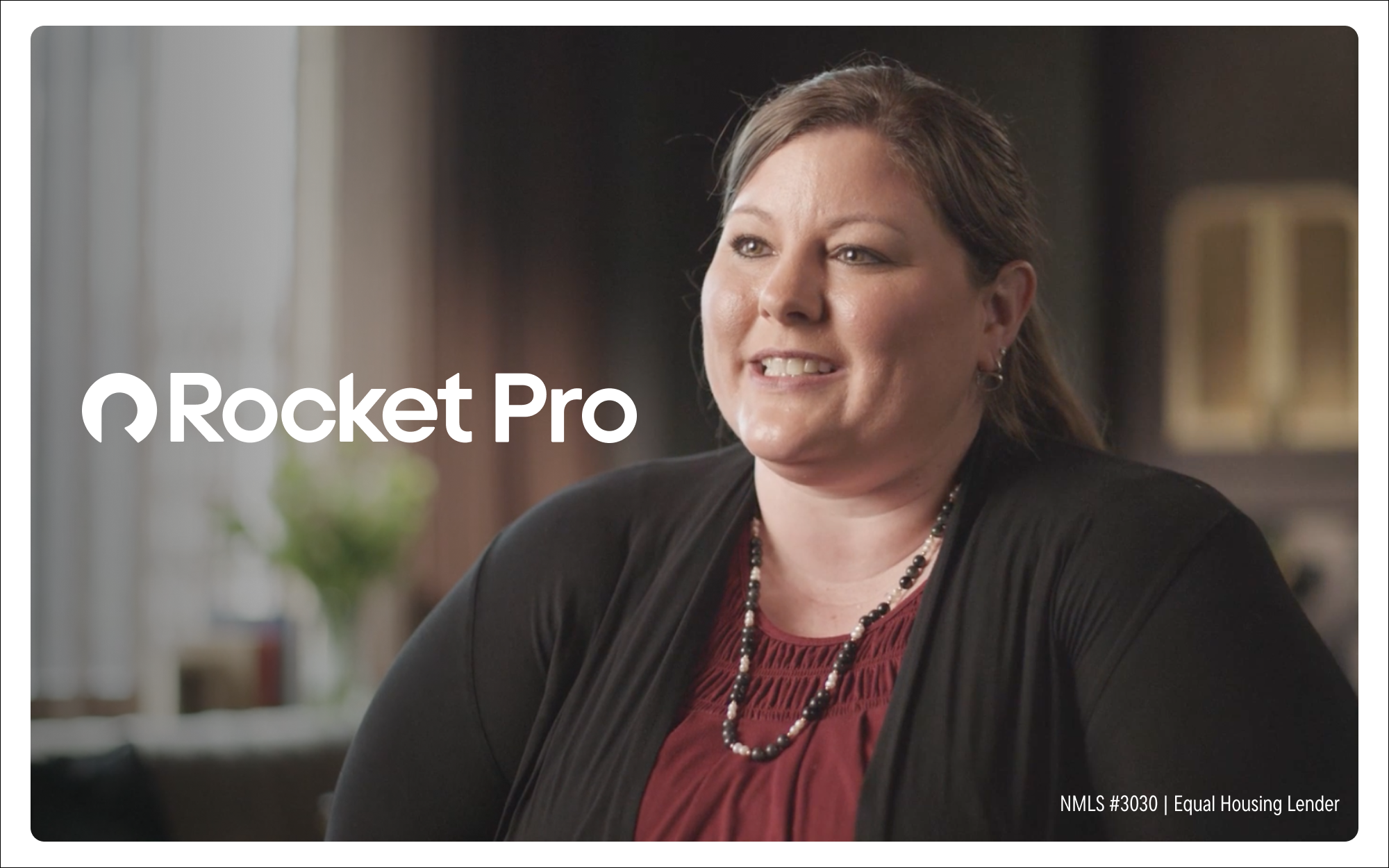Younger borrowers have different expectations when it comes to how they bank and do business. The needs of these digital-first customers are leading some community banks to prioritize digital loan processes that make the loan journey more efficient.
What young borrowers want in the loan journey
July 01, 2021 / By Jen A. Miller
Younger borrowers have different expectations when it comes to how they bank and do business. The needs of these digital-first customers are leading some community banks to prioritize digital loan processes that make the loan journey more efficient.
When David Bohne became CEO of Broadway Bank in 2016, the $5 billion-asset community bank in San Antonio had already started digitizing some of its loan products. He made the loan process transformation a top priority, because he knew that consumers, particularly younger millennial and Gen Z borrowers, have set expectations when it comes to their experience with businesses and even banks.
These digital natives grew up in an on-demand world and now expect the same frictionless journey whether they’re buying a home or getting a loan. “Amazon has created what customer interactions are, and as a bank, we’re trying to be good stewards of our customers’ time,” Bohne says. “We have to step up our game and step up our customer experience, and a lot of that is in our digital platform.”
Meet them where they are
A loan process that’s at least partially digital is table stakes today. And a full digital and automated loan experience can attract younger customers who are either entering the prime of their years for home buying—the oldest millennials are nearing 40, for example—or are about to.
Solution providers offer a spectrum of services to digitize the lending process, from basic e-signature platforms to the complete integration of the loan process with a community bank’s own enterprise software. Digital loan products should “connect to [banks’] cores and other components, so it becomes an extremely seamless area where regulators can also come in to get what they need,” says Jim Wrbanek, Wolters Kluwer Compliance Solutions’ director of compliance solutions, community banking, who is based in Minneapolis.
Digital loan products also meet younger borrowers where they are, which isn’t always in physical branches—a trend accelerated by the pandemic. “They’re not as empowered to walk into a lobby,” Wrbanek says. This is especially true for banks based on the coasts, according to Wolters Kluwer’s internal research. That makes a community bank’s landing page its new lobby and an entry point to the loan process, he adds.
Younger borrowers also expect more transparency into the loan process and the ability to track their progress. This, too, is a natural outgrowth of their consumer experiences. If someone can track the progress of their pizza order on their phone, as they can with many national pizza chains, Wrbanek says, why shouldn’t they expect to do so for a car or home loan?
While we think of primarily younger customers having these expectations, Bohne says community banks shouldn’t discount older borrowers as digital-first customers.
“Millennials have expectations that things are easy, fast and efficient, and they’re willing to ask for and demand them,” he says. “The rest of us love what the millennials want. We just didn’t know we could ask. Every generation has an aptitude and desire to use fast and efficient tools. We’ve seen adoption across the full spectrum [of ages].”
Streamlined communication
Digital loan platforms allow borrowers to work on or check in on their loans when it’s convenient to them, not just when the bank’s open and their loan officer is at their desk. “Everybody has their phone on them all of the time,” Bohne says. “We think we’ve got a banker sitting in their pocket all of the time to fulfill their needs.”
Bank of Travelers Rest in Travelers Rest, S.C., kicked off its digital loan process first by offering credit cards and overdraft protection and then consumer auto, RV and personal loans. The $1.1 billion-asset community bank began with different segments of customers; first existing bank customers only, then those who already had login details for the bank’s digital platform. “We used that as our training wheels to get used to the program,” says Matt Verley, senior vice president and relationship banker.
The community bank has since opened up its digital loan process to all residents in five surrounding counties and has moved portions of its mortgage lending process online. Verley says some younger borrowers are not as comfortable coming into the branch or even talking with bank staff over the phone.
“They want to apply for a loan at 11 o’clock at night or six o’clock in the morning,” he says.
That means outreach and customer service are changing in step with customer expectations. In a November 2019 white paper, Finastra found that 51% of consumers felt comfortable entirely engaging via website chat.
That doesn’t mean community bankers should stop working on their phone skills or valuing personal relationships—far from it. But they should be ready to meet borrowers where they’re most comfortable, according to Steve Hoke, vice president, general manager, mortgage & commercial lending of Finastra, who is based in Madison, Wis.
“You’ve got to meet the customer where they are,” he says, “and answer their questions and educate them where they are.”
Subscribe now
Sign up for the Independent Banker newsletter to receive twice-monthly emails about new issues and must-read content you might have missed.
Sponsored Content
Featured Webinars
Join ICBA Community
Interested in discussing this and other topics? Network with and learn from your peers with the app designed for community bankers.
Subscribe Today
Sign up for Independent Banker eNews to receive twice-monthly emails that alert you when a new issue drops and highlight must-read content you might have missed.
News Watch Today

Join the Conversation with ICBA Community
ICBA Community is an online platform led by community bankers to foster connections, collaborations, and discussions on industry news, best practices, and regulations, while promoting networking, mentorship, and member feedback to guide future initiatives.












